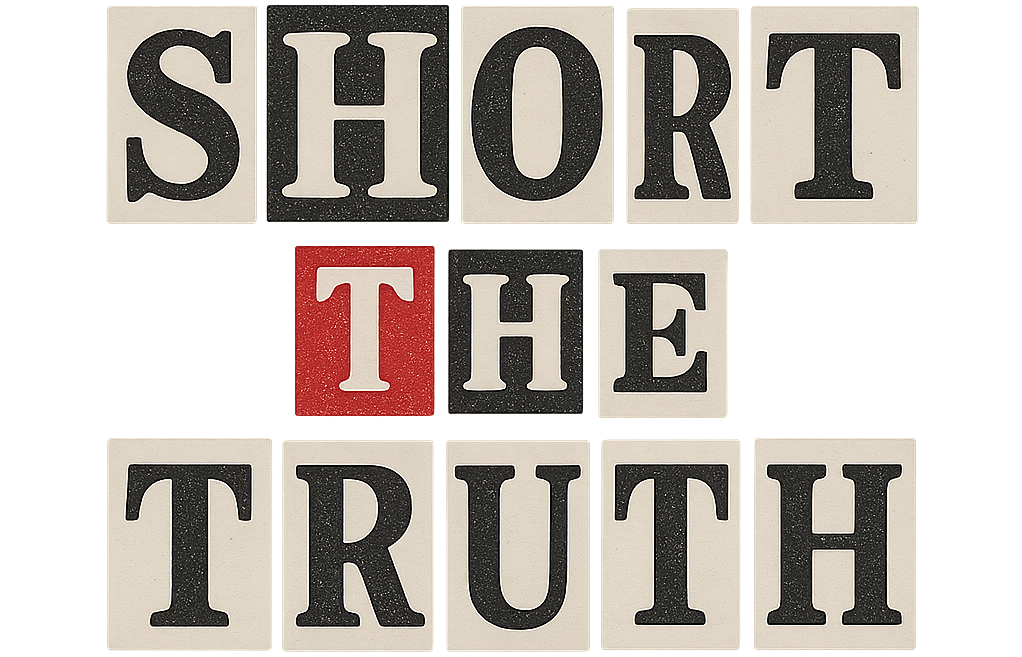Somewhere above Earth, two astronauts are enjoying a slightly extended space vacation after NASA and Boeing pressed the pause button once again on Starliner’s return trip to terra firma. The spacecraft, which launched on June 5 carrying astronauts Butch Wilmore and Suni Williams, was originally scheduled for a much shorter jaunt. But like a houseguest who keeps missing their flight, it appears Starliner just isn’t quite ready to come home.
The latest delay in Starliner’s flight marks the fifth time NASA and Boeing have postponed the return, which was briefly imagined as happening on June 26 and then eyed for a hopeful July 2 landing. Now, the agency has announced it will wait until after two planned International Space Station spacewalks scheduled for July 2 and July 9 before reconsidering a landing window. Because what’s space exploration without a little spontaneity?
According to NASA, more time is needed to crunch data on helium leaks and issues with aft thrusters in the Starliner’s service module. In the kind of cautious understatement that makes you wonder who writes these press releases, the agency said the decision was made “to provide teams with additional time to review propulsion system data.” In other words, they are still figuring out what exactly went out of whack up there.
Boeing’s Starliner is on its first crewed test flight, a sort of celestial test drive designed to prove to NASA that this vehicle can one day serve as a reliable taxi to and from the ISS. It’s Boeing’s answer to SpaceX’s Crew Dragon, which has been doing the orbital shuttle run since 2020 with comparatively less drama. The goal is to have two separate spacecraft providing access to the station, just in case one of them starts acting like it left its owner’s manual back on Earth.
In a media call last week, NASA’s Commercial Crew Program Manager Steve Stich essentially said the astronauts are fine, the orbit is stable, and nobody is complaining about the in-flight movie selection yet. He also added that there’s plenty of time, air and snacks aboard the ISS should Starliner need a longer layover.
In a line that would make any engineer nervously sip their coffee, Stich noted, “We’re taking our time and following our standard process.” Which must be reassuring unless your standard process also includes a habit of surprise hardware malfunctions.
“We’re letting the data drive our decision-making relative to the return opportunity,” NASA said in a statement that was likely copy-pasted from a risk management handbook.
Boeing, which probably didn’t envision its comeback space vehicle being quite this dramatic, continues to work with NASA to resolve the issues, because fixing spacecraft mid-mission is apparently still preferable to returning them to Earth undercooked.
Still, Wilmore and Williams remain in good spirits onboard the ISS, perhaps buoyed by the knowledge that nobody has asked them yet to fix the thrusters themselves, although one imagines they’re starting to memorize the backup manual just in case.
So for now, Starliner will remain parked in orbit, its calendar wiped clean, its passengers sipping from zero-G coffee pouches while NASA runs diagnostics on its moody thrusters.
Turns out, even in space, delays are just part of the journey… they just involve a little more math and a lot less legroom.

